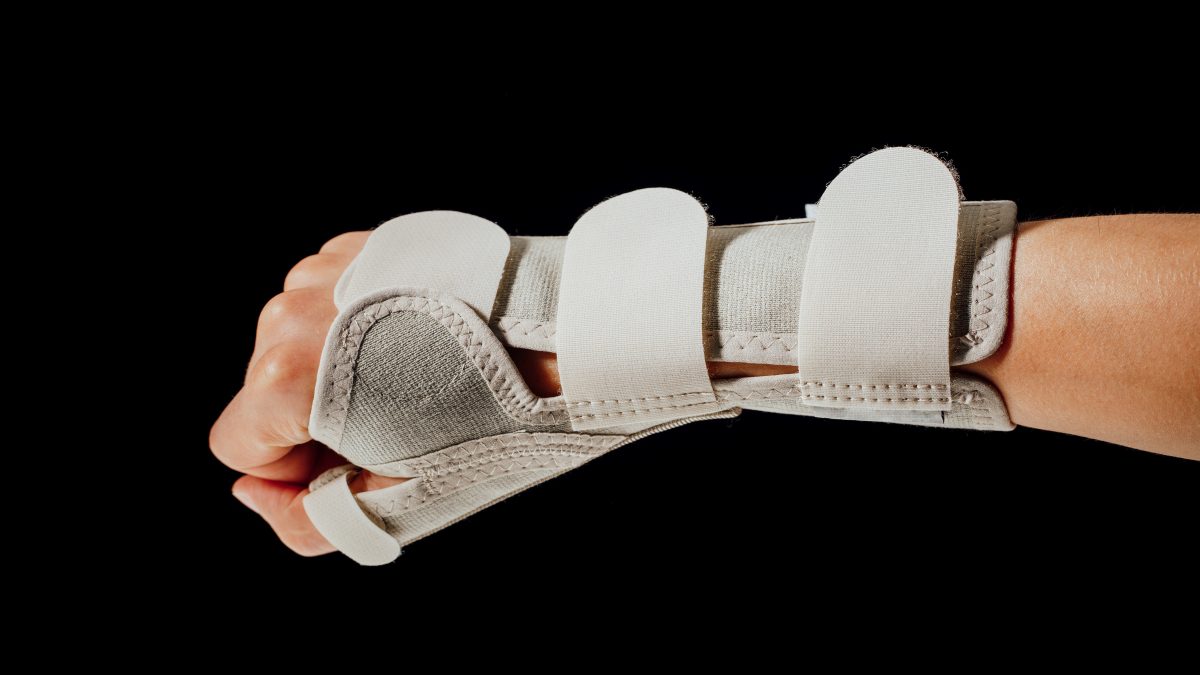Treatment of carpal tunnel syndrome
Symptoms of carpal tunnel syndrome should be treated as soon as possible after you first begin to notice symptoms. Sometimes mild symptoms can be treated simply by taking more frequent breaks to rest your hands or avoiding activities that worsen your symptoms. In addition, cold packs, applied for 15-20 minutes, can help to reduce occasional swelling.
If these simple steps do not provide relief, additional techniques include splinting the wrists, taking medications, or even surgery. Non-surgical treatments or carpal tunnel syndrome are more likely to be successful if your symptoms range from only mild to moderate in severity and if you have had them for less than ten months.
Non-surgical treatment of carpal tunnel syndrome
- Rest breaks: Take frequent rest breaks, even for a few minutes, when performing repetitive tasks with your hands. Rotate your wrists. Bend and extend your thumbs, fingers and stretch your palms
- NSAIDs: The use of over-the-counter nonsteroidal anti-inflammatory drugs (NSAIDs) like aspirin, ibuprofen, or naproxen. These pain medications have anti-inflammatory properties that can help reduce swelling and pain.
- Splinting: Wearing a wrist brace or splint to bed. These are usually sold over-the-counter at drugstores or pharmacies. Apply the splint, so it fits firmly, but it should not be tight.
- Positioning: Avoid sleeping with your hands under your head or body.
- Corticosteroids: Your physician may recommend the injection of a medication directly into the carpal tunnel to reduce inflammation and pain. Injected corticosteroids relieve the pressure on the median nerve more effectively than taking oral medications.
- Treating other conditions: If your symptoms are caused by other conditions, their treatment may reduce the pressure on the median nerve and relieve your symptoms.
Carpal tunnel surgery
Your doctor may recommend surgery on carpal tunnel if non-surgical interventions are unsuccessful or if your symptoms are severe. The goal of surgery is to relieve the pressure being exerted on the median nerve. Two different surgical techniques may be used in carpal tunnel surgery:
- Endoscopic surgery: In this surgical procedure, the surgeon makes one or two small incisions in your hand or wrist. He uses a device with a tiny camera attached (called an endoscope) to look inside the carpal tunnel and cut the ligament.
- Open surgery: In this operation, an incision is made over the carpal tunnel in the palm of the hand, and the ligament is cut.
Outcomes and complications
Surgical risks include:
- Infection in the wound
- Incomplete release of the ligament
- Formation of scar tissue
- Nerve injury
- Vascular injury
Following surgery, the ligament that was cut heals gradually and grows back together, but there is more room for the nerve in the tunnel than there was prior to the procedure. You will be encouraged to gently exercise your hand and fingers after surgery. However, it is crucial to avoid forceful movements or extreme positions until you heal completely.
Your hand and wrist may remain sore and weak for several weeks or even a few months following surgery. If your symptoms were severe before surgery, you might not experience complete relief from all your pain and weakness.
Prevention of carpal tunnel syndrome development
You can reduce the amount of stress to your wrist and hands by using the following suggestions:
- Relax and reduce: Relax your grasp and reduce your force. Many people grasp objects more tightly and more forcefully than needed. When typing or keyboarding, for example, hit the keyboard more softly. For writing, use a larger pen or add an oversized cushioned adapter. Use ink that flows freely so you won’t have to hold your pen so tightly or press down as hard.
- Take breaks: Stop tasks often for short breaks to stretch and bend your hands, wrists, fingers, and thumbs. This is essential if you use tools that vibrate or are heavy.
- Positioning and posture: Try to keep your wrist in a relaxed position, not completely up or completely down. Keep your keyboard at elbow level or a little lower. Keep your shoulders straight when sitting at your desk.
- Temperature: Working in a cold environment can add to hand stiffness and pain. Keep your hands warm by wearing fingerless gloves if you can’t change the temperature of your work environment.
















Leave a Reply
You must be logged in to post a comment.